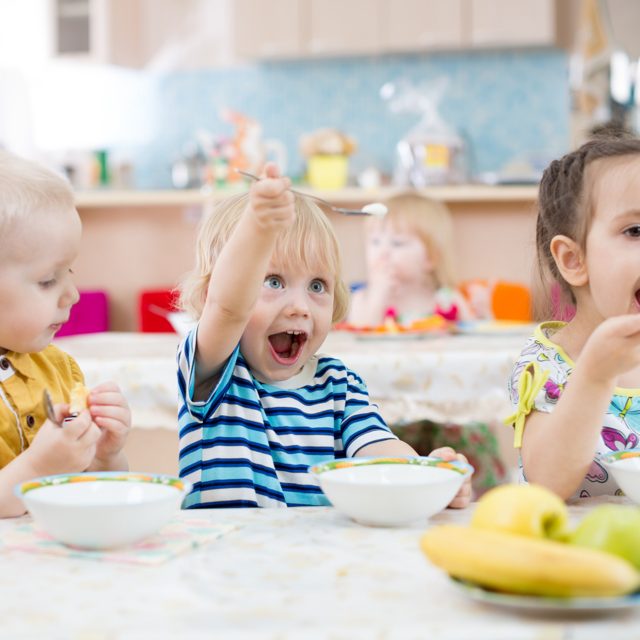The Thrive Treatment Progression Pyramid is a great visual representation of the specific steps we address throughout feeding therapy and our tube weaning program. This looks a little different than other treatment approaches because we believe that a strong foundation for kids to learn about what their bodies need is crucial. While other programs may start therapy with a focus on the “how” to eat, such as building chewing skills and targeting oral motor, it is crucial to focus on the “why”.
This means looking at comfort, togetherness, curiosity, and hunger. This is an important foundation to becoming a healthy and happy eater. When the focus is on oral motor skills, without building their relationship with food, it is so difficult for the skills to carryover to the mealtime environment. The bottom 3 steps of the pyramid help to provide this foundation. They are focused primarily on coaching parents while your little one learns to rest and heal from previous scary experiences.
When building the foundation first, supporting skill development comes AFTER therapy has focused on decreasing any negative activities around food, building trust, creating responsive mealtimes, and introducing hunger. If we start with building skill development, we cannot expect kids to learn that skill and use it during a mealtime if they continue to have harmful experiences and an eroding trust with food. In many therapies, the focus is to improve oral skills BEFORE children are hungry. We often hear, “They’re not ready for therapy because they don’t have the skills yet”, but really, we can’t expect them to learn the skills if they don’t have the internal drive to eat. When children can experience natural motivators to eating while learning to listen to their bodies, there is a life-long impact.
So what’s missing from most therapy?
“Do No Harm”
This step focuses on stopping any therapies or strategies that may cause stress to your little one or to your entire family. Take this time to step away from any therapy that is not child-led and using external motivators to “get” your kiddo to eat.
“Building Trust”
After you have taken away the negative experiences, focus on rebuilding your child’s trust around food. It is OKAY to accept refusal, allow more exploration and play, and decrease any expectation that your child will eat the foods on their plate.
“Creating Responsive Family Mealtimes”
You can now work on togetherness and enjoyment at family mealtimes. This is a piece that often gets overlooked in therapy because it is not focusing on the family or the home. Establish healthy roles during mealtimes and take this time to engage with your little one outside of food talk.


Be the first to comment